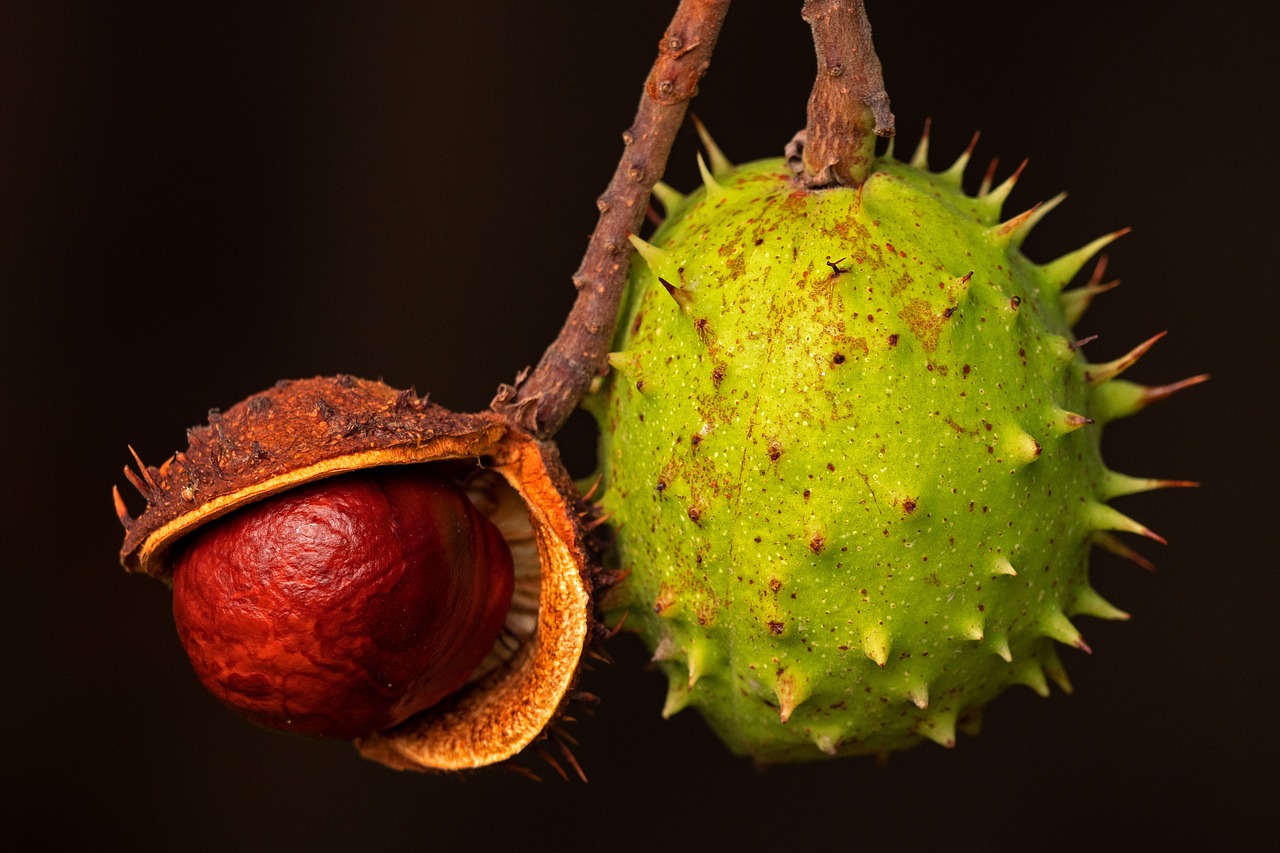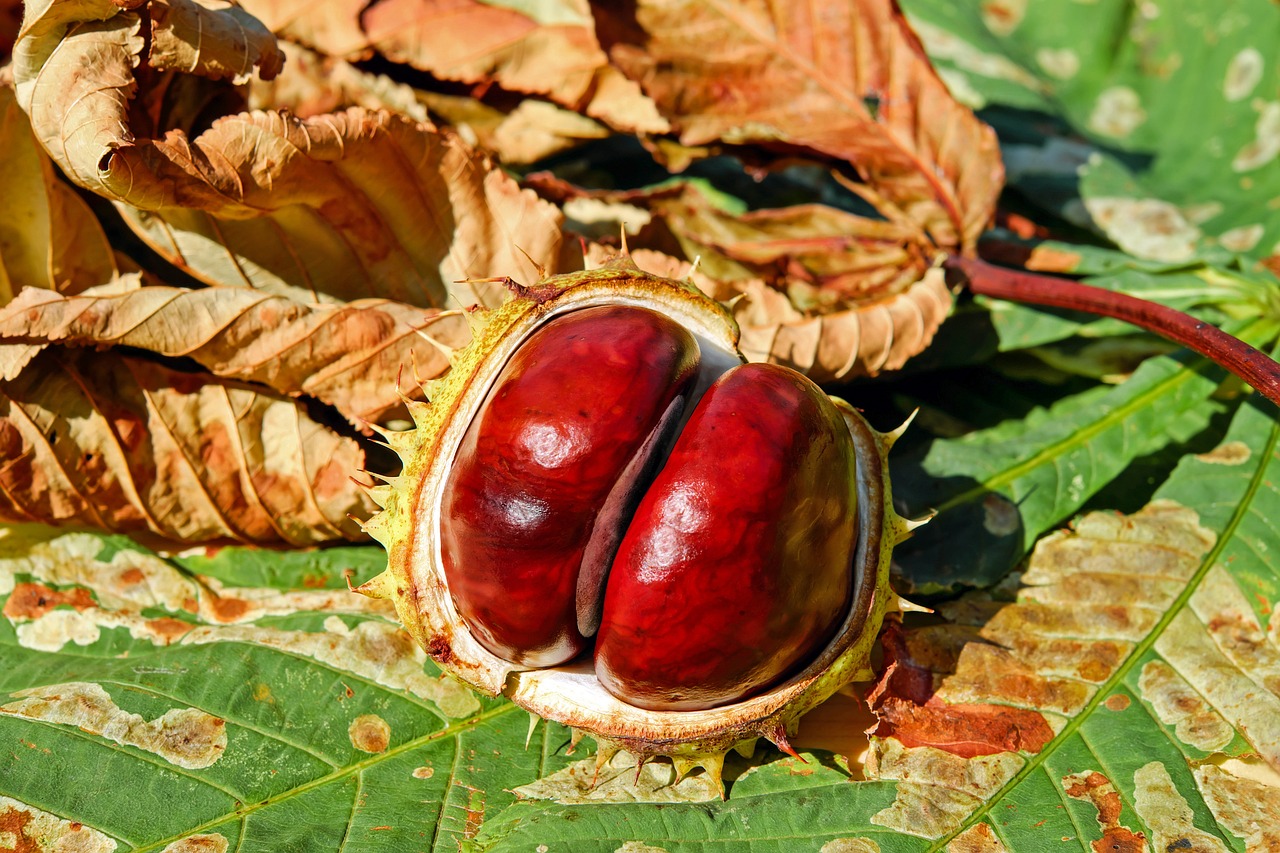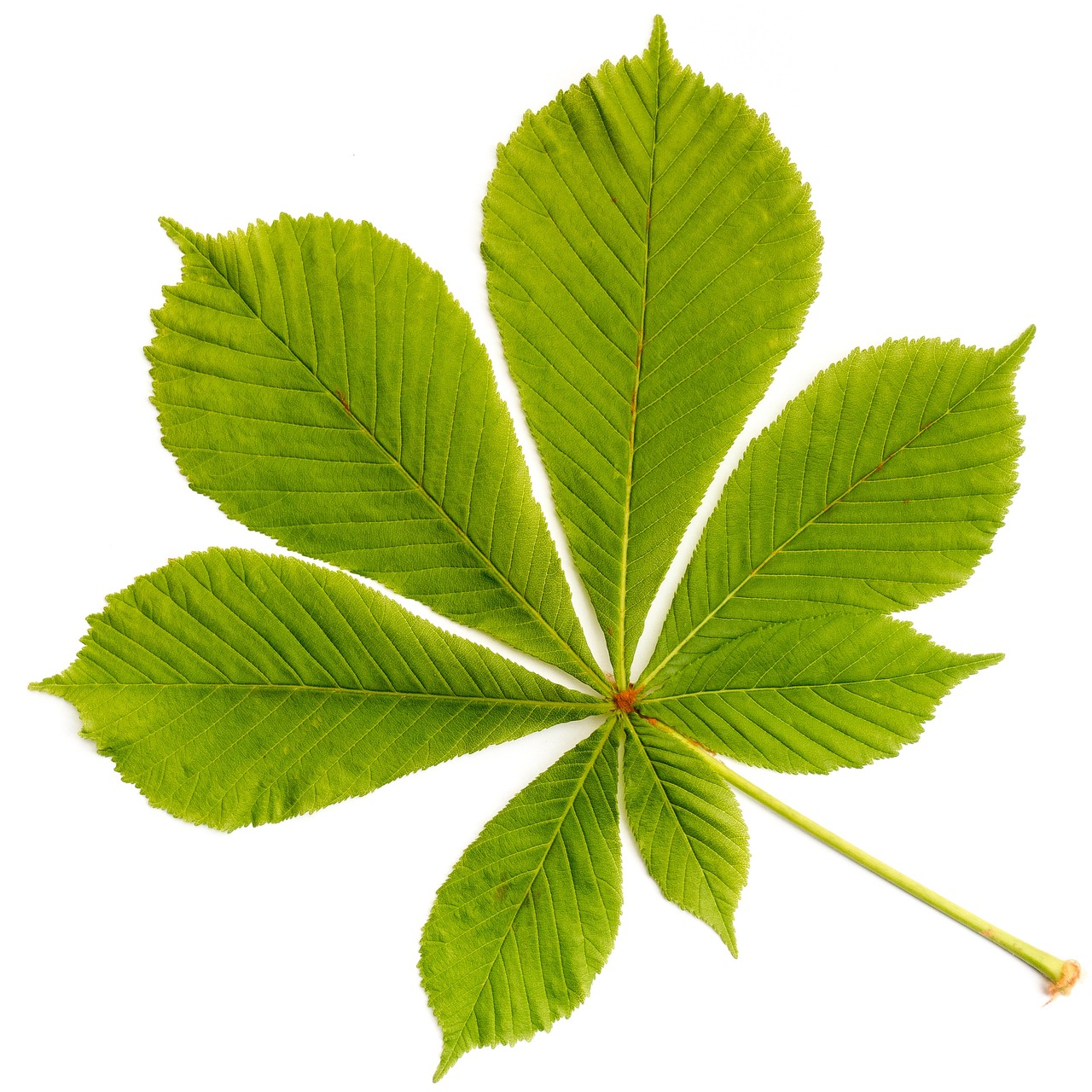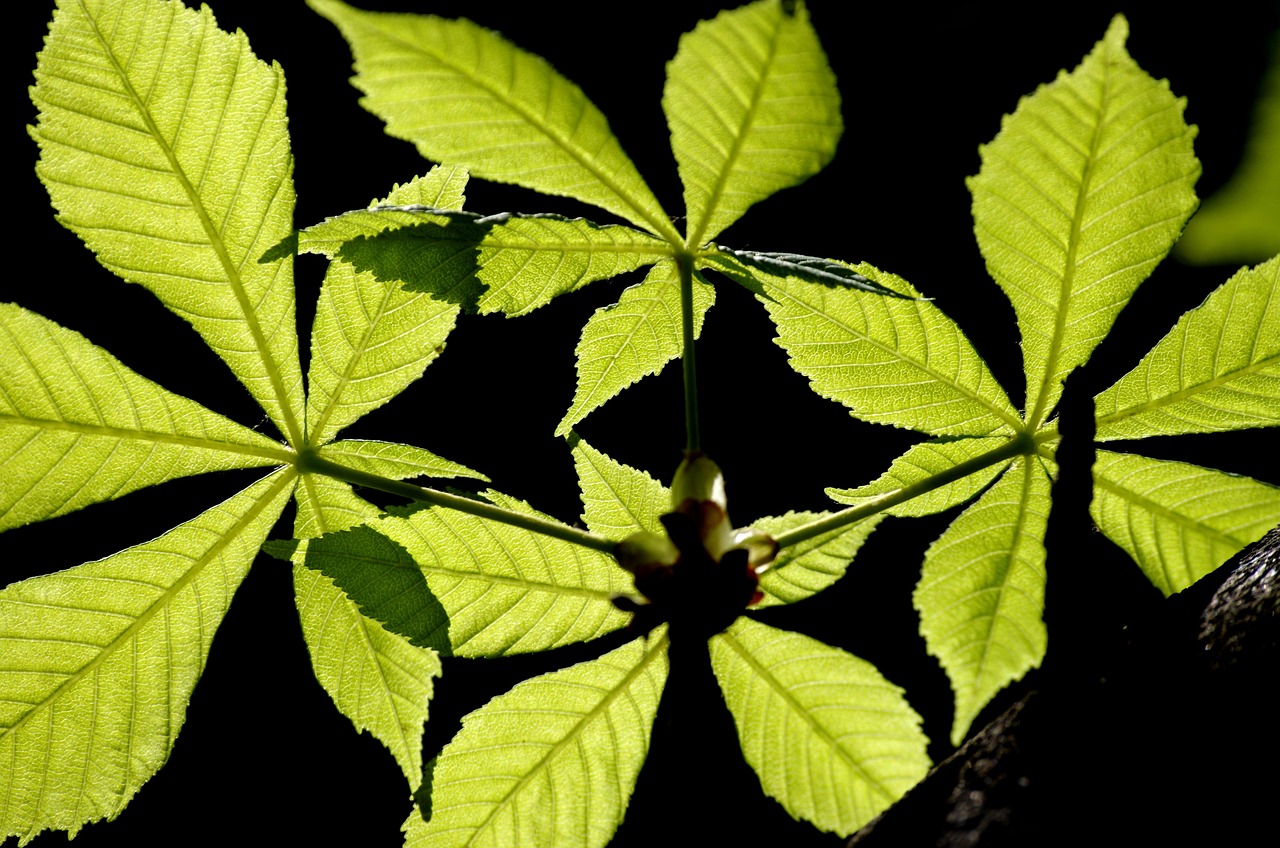The Ohio Buckeye tree typically exhibits a moderate growth rate, reaching heights of 20 to 30 feet within 20 years in Midwestern forests. Optimal conditions can accelerate its growth, while poor soil and harsh climates can hinder it.
Understanding the Ohio Buckeye Tree
The Ohio Buckeye, scientifically known as Aesculus glabra, is a native tree to the Midwest region of the United States. It is particularly abundant in Ohio, where it has become a symbol of the state. This tree is well-known for its beautiful foliage, which turns a vibrant yellow in the fall. The Ohio Buckeye is commonly found in mixed forests, along riverbanks, and in well-drained soils.

One of the notable features of the Ohio Buckeye is its distinct palmate leaf structure. The leaves consist of five to seven leaflets that radiate from a central point. In spring, the tree produces clusters of yellow-green flowers that attract various pollinators. These flowers eventually give way to spiky seed capsules that contain shiny, brown seeds commonly referred to as “buckeyes.”
When it comes to growth rate, several factors influence how quickly an Ohio Buckeye tree matures. Soil quality, moisture levels, and sunlight availability are critical. Understanding these factors helps in managing and cultivating this tree in forested areas.
Growth Rate Overview
The growth rate of the Ohio Buckeye can be categorized into different stages of its life cycle. During its early years, the tree tends to grow rapidly, establishing a strong root system and developing its trunk. As it matures, the growth rate stabilizes but can still be affected by environmental conditions.

| Age (Years) | Average Height (Feet) | Growth Rate (Inches per Year) |
|---|---|---|
| 5 | 10-15 | 12-24 |
| 10 | 15-20 | 10-18 |
| 20 | 20-30 | 6-12 |
| 30 | 30-40 | 4-8 |
The data in the table illustrates that during the first five years, the Ohio Buckeye can grow significantly, sometimes adding up to two feet in height per year. However, as the tree matures, this growth slows down considerably. By the time it reaches 20 years of age, its average height can range from 20 to 30 feet.
Factors Influencing Growth Rate
Several environmental factors play a crucial role in determining the growth rate of the Ohio Buckeye tree. These include:
- Soil Quality: Buckeyes thrive in well-drained soils rich in organic material. Poor soil conditions can stunt their growth.
- Moisture Levels: Adequate water supply is essential. While they can tolerate some drought, consistent moisture promotes healthy growth.
- Sunlight: Full sun exposure enhances growth rates. In shaded areas, their growth may be limited.
- Pests and Diseases: Infestations or diseases can affect overall health and growth performance.
In addition to these factors, the surrounding ecosystem also impacts the growth of Ohio Buckeyes. The presence of competing vegetation can limit their access to resources such as light and nutrients. Careful management of surrounding plants can enhance growth potential.

The Ohio Buckeye tree’s adaptability makes it a valuable species in Midwestern forests. Its moderate growth rate combined with its aesthetic appeal makes it suitable for various landscaping and restoration projects. Understanding its growth patterns is essential for anyone looking to cultivate this native tree effectively.
Optimal Conditions for Growth
To ensure the Ohio Buckeye tree thrives, understanding its optimal growing conditions is crucial. These conditions significantly enhance its growth rate and overall health. Factors such as soil type, moisture, and climate play a pivotal role in its development.
Soil Characteristics
The Ohio Buckeye prefers well-drained soils that are rich in organic material. The ideal soil types include:
- Loamy Soil: A balanced mixture of sand, silt, and clay that retains moisture while allowing for adequate drainage.
- Sandy Soil: Provides good drainage but may require additional organic matter to retain moisture.
- Clay Soil: While it can retain nutrients, it often requires amendments to improve drainage.
Testing soil pH is also beneficial. The Ohio Buckeye flourishes in slightly acidic to neutral pH levels, typically between 6.0 and 7.5. Regular soil amendments can help maintain these levels, promoting healthier growth.

Moisture and Watering Needs
As mentioned previously, moisture is vital for the growth of the Ohio Buckeye. It is important to provide consistent watering during dry spells, especially in the early years of growth. Here are some tips for managing moisture:
- Watering Schedule: Establish a regular watering schedule, particularly during the summer months when rainfall is scarce.
- Mulching: Applying a layer of mulch around the base of the tree can help retain soil moisture and suppress weeds.
- Drainage Management: Ensure that the planting area has proper drainage to prevent root rot from overly saturated soils.
Climate Considerations
The climate in which the Ohio Buckeye grows plays a significant role in its overall growth rate. This tree is well-suited for the Midwestern climate, which offers distinct seasonal variations. Key climatic factors include:
- Temperature: The Ohio Buckeye can tolerate a wide range of temperatures, but it thrives best in areas with warm summers and cold winters.
- Precipitation: Regular rainfall is beneficial. However, it can also withstand periods of drought if established properly.
- Frost Dates: Understanding local frost dates can help in planning planting times to avoid frost damage to young trees.
Pests and Diseases
The Ohio Buckeye is susceptible to certain pests and diseases that can impact its growth and health. Awareness and management of these threats are essential for maintaining healthy trees. Some common issues include:
- Buckeye Borers: These pests can damage the bark and affect nutrient flow. Monitoring for signs of infestation is important for early intervention.
- Leaf Spot: Caused by fungal infections, leaf spot can weaken the tree. Treatment options include fungicides or removal of affected leaves.
- Aphids: These small insects suck sap from leaves and can lead to stunted growth. Beneficial insects like ladybugs can help control aphid populations.
Regular inspections of the Ohio Buckeye can help identify these issues early. Implementing an integrated pest management plan can reduce the reliance on chemical treatments and promote a healthier growing environment.
Best Practices for Cultivation
To optimize growth rates and ensure the longevity of Ohio Buckeye trees, adopting best cultivation practices is essential. These practices include:
- Selecting Healthy Specimens: Choose young trees from reputable nurseries that are free from pests and diseases.
- Adequate Spacing: When planting multiple trees, ensure proper spacing to allow for air circulation and sunlight exposure.
- Fertilization: Use a balanced fertilizer in early spring to support growth, following soil test recommendations.
- Pruning: Regular pruning helps remove dead or diseased branches, promoting healthy growth and shape.
By implementing these best practices, gardeners and forest managers can create optimal conditions for Ohio Buckeye trees, enhancing their growth rate and overall health in Midwestern forests.
Environmental Benefits of Ohio Buckeye Trees
Ohio Buckeye trees not only provide aesthetic value but also contribute significantly to the environment. Their growth in Midwestern forests promotes biodiversity and ecological balance. Understanding these environmental benefits is crucial for advocating for their preservation and cultivation.
Habitat for Wildlife
The Ohio Buckeye tree serves as a vital habitat for various species of wildlife. Its foliage and structure offer shelter, while its flowers and seeds provide food sources. Key wildlife interactions include:
- Birds: Many bird species are attracted to the seeds and use the tree for nesting. Woodpeckers and songbirds often visit for food and shelter.
- Mammals: Small mammals, such as squirrels and chipmunks, consume the seeds. Larger animals may use the tree for shade and shelter.
- Pollinators: Bees and butterflies are drawn to the tree’s flowers, playing a crucial role in pollination.
Soil Stabilization
The root system of the Ohio Buckeye is effective in preventing soil erosion. The tree’s extensive roots anchor the soil, especially in areas prone to runoff. This stabilization helps maintain the integrity of landscapes, particularly along riverbanks and slopes.
Additionally, the organic matter from fallen leaves and decaying wood enriches the soil. This process enhances soil fertility, benefiting other plants in the vicinity and promoting a healthy ecosystem.
Cultural Significance of the Ohio Buckeye
The Ohio Buckeye holds cultural significance, particularly in Ohio, where it is celebrated as the state tree. Its importance extends beyond its ecological roles, influencing local traditions and identities.
Historical Context
Native Americans historically valued the buckeye tree for its medicinal properties. They used various parts of the tree in traditional remedies. The seeds were often crafted into jewelry or used as a talisman, believed to bring good luck.
As settlers moved westward, they continued to appreciate the tree for its beauty and shade. The Ohio Buckeye has since become a symbol of pride for residents, representing resilience and endurance.
Modern Cultural References
The buckeye tree continues to influence modern culture in various ways:
- Sports: Ohio State University adopted the buckeye as its mascot, further solidifying its status in local culture.
- Art and Literature: The tree has inspired numerous artworks and literary works that celebrate its beauty and significance.
- Festivals: Local festivals often feature themes centered around the buckeye tree, fostering community pride.
Challenges Facing Ohio Buckeye Trees
Despite their benefits and cultural significance, Ohio Buckeye trees face several challenges that threaten their health and growth. Awareness of these challenges is essential for effective management and conservation efforts.
Pests and Diseases
As mentioned earlier, various pests and diseases can pose threats to Ohio Buckeye trees. In addition to those previously listed, other significant issues include:
- Leaf Blotch: This fungal disease causes dark spots on leaves, leading to premature leaf drop.
- Scale Insects: These pests can weaken trees by sucking sap from branches, leading to stunted growth.
- Cankers: Fungal infections that create sunken lesions on branches can hinder nutrient flow.
Environmental Changes
Climate change poses a significant threat to the growth conditions of Ohio Buckeye trees. Variability in temperature and precipitation patterns affects their growth rates and survival. Adaptation strategies are essential to mitigate these effects, ensuring the future viability of these trees.
Urbanization
Urban development often leads to habitat fragmentation, reducing suitable growing areas for Ohio Buckeyes. Increased pollution and altered soil conditions further complicate their survival in urban settings.
Efforts to promote urban forestry initiatives can help address these challenges by incorporating native species like the Ohio Buckeye into urban landscapes, enhancing biodiversity and ecological resilience.
Community Engagement and Conservation Efforts
Community involvement plays a pivotal role in the conservation of Ohio Buckeye trees. Engaging local communities in conservation efforts fosters awareness and appreciation for this native species.
Education Programs
Educational programs focusing on the ecological and cultural significance of the Ohio Buckeye can inspire action among community members. Workshops, school programs, and guided tours help cultivate a sense of stewardship.
Planting Initiatives
Community planting initiatives can also promote the growth of Ohio Buckeye trees in public spaces. Collaborating with local organizations can enhance community green spaces while creating habitats for wildlife.
By fostering engagement at multiple levels, communities can contribute significantly to preserving the Ohio Buckeye tree for future generations.
Future Research Directions
As the Ohio Buckeye tree continues to be a vital species in Midwestern forests, ongoing research is essential to understand better its growth patterns and ecological roles. Several areas of study can enhance our understanding and management of this native tree.
Genetic Studies
Researching the genetic diversity of Ohio Buckeye populations can provide insights into their adaptability and resilience. Understanding the genetic makeup can help identify which traits contribute to faster growth rates, disease resistance, and environmental adaptability. This knowledge can inform conservation strategies and breeding programs aimed at enhancing these desirable traits.
Impact of Climate Change
Investigating how climate change affects the growth and health of Ohio Buckeye trees is critical. Studies focusing on shifting temperature patterns, altered precipitation, and increased frequency of extreme weather events can help predict future challenges. This research can guide adaptive management practices to ensure the sustainability of the species in changing environments.
Ecological Interactions
Further research into the interactions between Ohio Buckeye trees and other species within their ecosystems can enhance our understanding of their role in promoting biodiversity. Studying how these trees interact with pollinators, herbivores, and competing plants will provide valuable information for ecosystem management and restoration efforts.
Final Thoughts
The Ohio Buckeye tree stands as a significant species in the Midwestern forests, contributing not only to the aesthetic beauty of the landscape but also to ecological health and community identity. Its moderate growth rate, adaptability, and cultural importance make it a valuable addition to both natural and urban environments.
Understanding the various factors that influence the growth rate of Ohio Buckeye trees—from soil quality to climate conditions—enables effective cultivation and management practices. By implementing best practices, communities can ensure that these trees thrive, providing habitats for wildlife and enriching local ecosystems.
The threats posed by pests, diseases, and environmental changes highlight the need for continued research and community engagement. Education programs and planting initiatives can foster a deeper appreciation for this species while encouraging conservation efforts.
Ultimately, the Ohio Buckeye tree represents more than just a plant; it symbolizes resilience, community pride, and ecological balance. By nurturing this species, we contribute to a richer biodiversity and a healthier environment for future generations.
